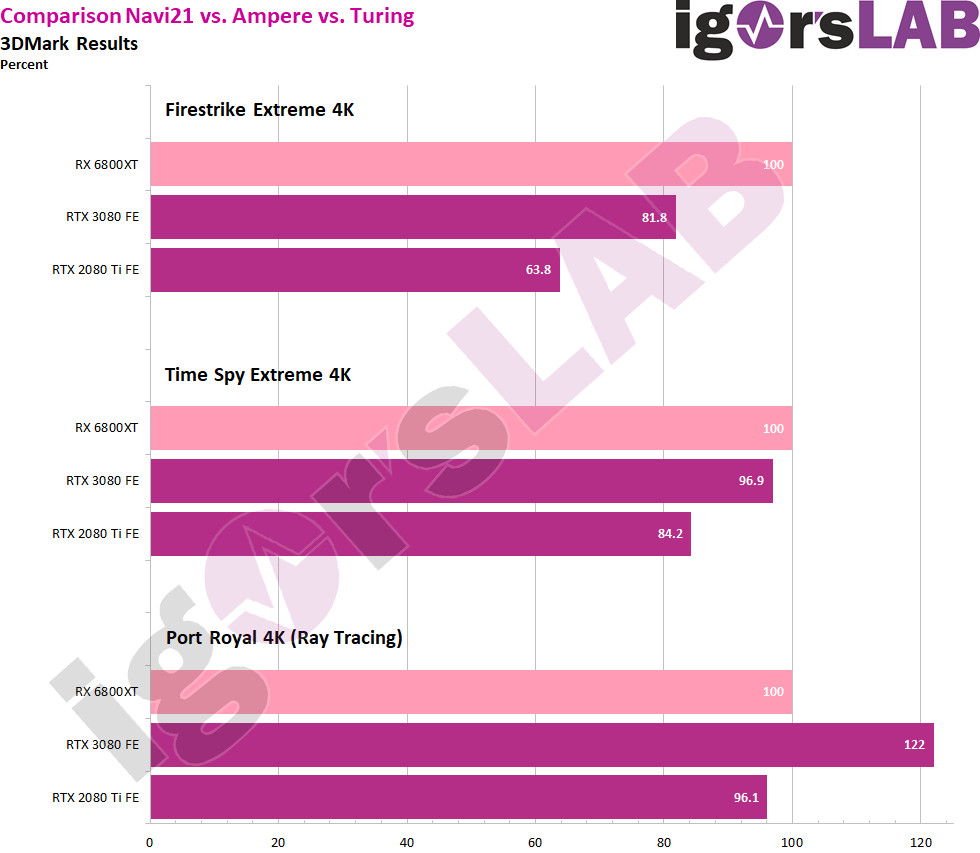I was being generous. In a Day 1 situation, history has shown it to be 99.9966% useless (based on the total number of Steam games available and assuming Day 1 RTX only for Control). 99.9879% if you just look at games released in 2019 AFTER RTX became a thing.
Statistically equivalent.
You’re being generous by assuming most people play games on day 1? Hmmm. I don’t know what the stats are but I certainly don’t fall in that category.
![[H]ard|Forum](/styles/hardforum/xenforo/logo_dark.png)
